Are you having issues with your sewing machine? Whether it’s refusing to sew or giving you all kinds of trouble, don’t worry.
In this article, we will discover why your sewing machine is not sewing. We will discuss troubleshooting tips to advise on how to prevent future issues, we’ll break down everything you need to know about keeping your machine running smoothly.
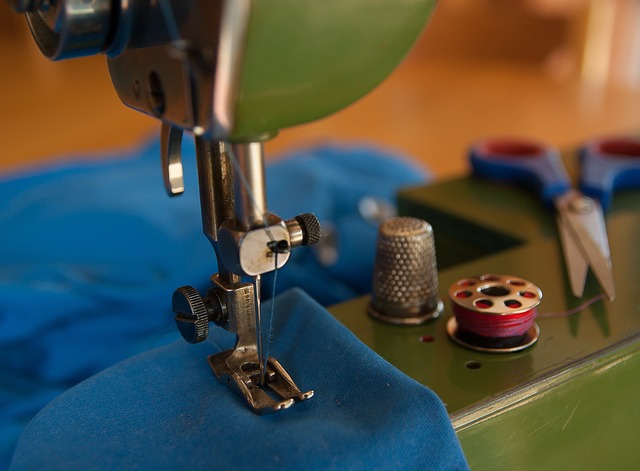
Overview of the Common Sewing Machine Problems
If your sewing machine is giving you trouble, it can be frustrating trying to figure out what the problem is.
One of the most common sewing machine problems is the machine skipping stitches. This can be caused by several things, such as the needle being old or dull, the thread being tangled, or the bobbin case being dirty. To fix this problem, start by changing the hand and threading a new bobbin. If that doesn’t work, try cleaning the bobbin case.
Another common sewing machine problem is tension issues. This can be caused by the tension discs being dirty or misaligned, or by the wrong type of thread being used. To fix this problem, clean the tension discs and make sure they are aligned correctly. Then, try using a different type of thread.
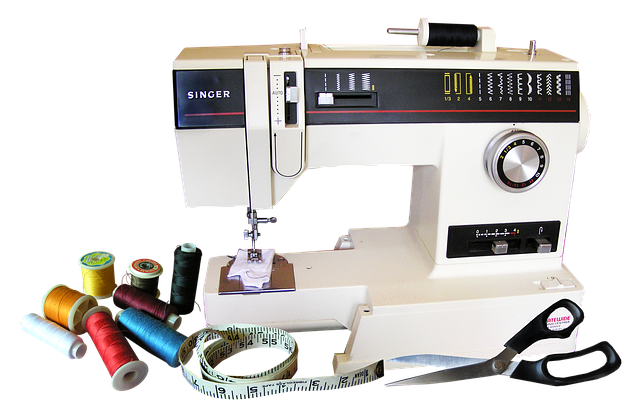
What Causes a Sewing Machine to Stop Working?
If your sewing machine has suddenly stopped working, there are a few potential causes. First, check to see if the machine is properly plugged in and that the power switch is turned on. If the machine still doesn’t work, the problem may be with the bobbin. Ensure the bobbin is correctly inserted and the needle is not bent or broken.
Another possible cause of a sewing machine stops is a jammed needle. If the needle is jammed, simply turn off the machine and remove the needle. Once the needle has been removed, you should be able to continue sewing without any further issues.
If none of these solutions solve your problem, there may be an issue with the timing of your sewing machine. This is a more serious problem that will require professional assistance to fix.
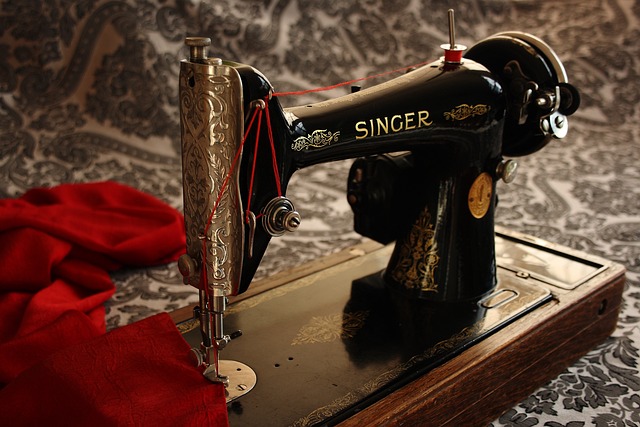
Troubleshooting Tips for When Your Sewing Machine Won’t Sew
If your sewing machine is giving you trouble and refusing to sew, there are a few things you can try to get it up and running again. First, check that the needle is properly inserted and that the thread is not tangled. If the problem persists, consult your sewing machine’s manual for troubleshooting tips specific to your model.
In general, if your sewing machine won’t sew, the following tips may help:
- Make sure the bobbin case is in correctly and that the bobbin is inserted correctly.
- Check that the presser foot is down.
- Raise the needle by turning the handwheel towards you.
- Clean and oil the machine according to the manufacturer’s instructions.
We have a complete article about fixing a sewing machine. If you are interested to know how to fix a sewing machine click here
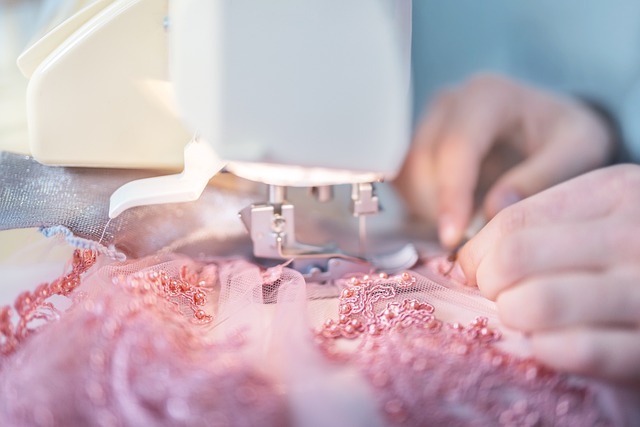
How to Prevent Your Sewing Machine from Breaking Down
If you want to prevent your sewing machine from breaking down, there are several things you can do. First, make sure you read the manual that comes with your machine. This will help you understand how to use and care for your machine properly.
Second, always unplug your machine when you’re not using it. This will prevent accidental damage to the machine.
Third, be sure to clean your machine regularly. lint and dust can build up inside the machine and cause problems.
Fourth, take your machine to a sewing machine repair shop for regular maintenance and tune-ups. By doing these things, you can help prevent your sewing machine from breaking down.
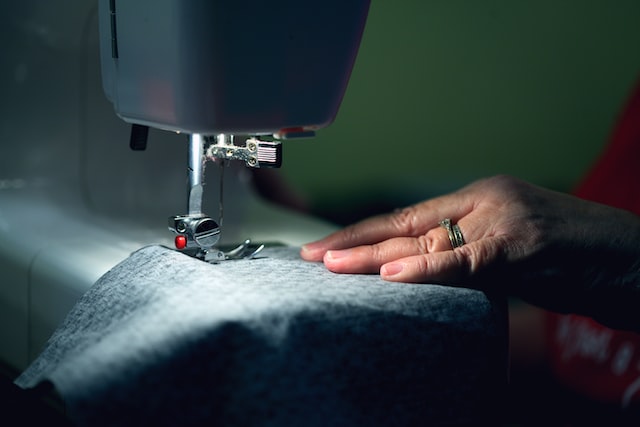
Essential Maintenance Tips for Keeping Your Sewing Machine in Good Condition
If you want your sewing machine to stay in good condition and last for years, it’s important to take care of it with routine maintenance. Here are some essential tips:
- Keep the machine clean – clean both the inside and outside of your machine regularly. This will help prevent dust and lint from building up and causing problems.
- Oil the machine – most sewing machines will need to be oiled periodically. Check your owner’s manual to see how often this needs to be done and what type of oil to use.
- Change the needle – over time, needles become dull and can damage the fabric. It’s a good idea to change them every few sewing projects or as needed.
- Clean the bobbin case if you notice your thread getting tangled or snagged, it could be due to a build-up of lint in the bobbin case. Open up the case and give it a good cleaning (following the instructions in your owner’s manual).

Conclusion
So now you know why your sewing machine was not sewing? With these troubleshooting tips, you should be able to keep your sewing machine running smoothly and in perfect condition. It’s important to remember that the most common issue with a sewing machine is usually user error or not following manufacturer instructions. If all else fails, there is always the option of taking it to a professional repair shop or contacting the manufacturer directly for assistance. With regular maintenance and careful use, you can ensure that your beloved sewing machine will continue working as if brand new for years to come.
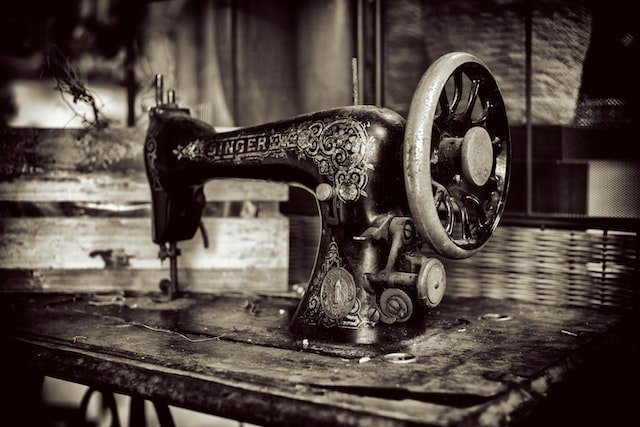
FAQs
Why is my thread not catching?
If you’re having trouble getting your thread to catch, there are a few things you can check. First, make sure that your needle is properly inserted into the needle bar. If it’s not seated all the way, the thread may not be able to wrap around the bobbin correctly. Next, take a look at your tension settings. If they’re too loose, the thread won’t be pulled tight enough to catch on the bobbin. Finally, check your stitch length. If it’s set too long, the thread may slip through the fabric without catching it.
Why is my sewing producing noise?
If you’re hearing a noise coming from your sewing machine, there are a few possible reasons why. It could be that the needle is hitting something inside the machine, or that the tension is too tight. If the noise is coming from the bobbin area, it could be that the bobbin case is not inserted correctly.
First, check to see if the needle is installed properly. If it’s not, it could be hitting something inside the machine and causing the noise. Next, check the tension. If it’s too tight, it can cause the needle to hit the fabric and make a noise. If the noise is coming from the bobbin area, make sure that the bobbin case is inserted correctly. Finally, if you’re still having trouble, take your sewing machine to a qualified repair person for further diagnosis.
